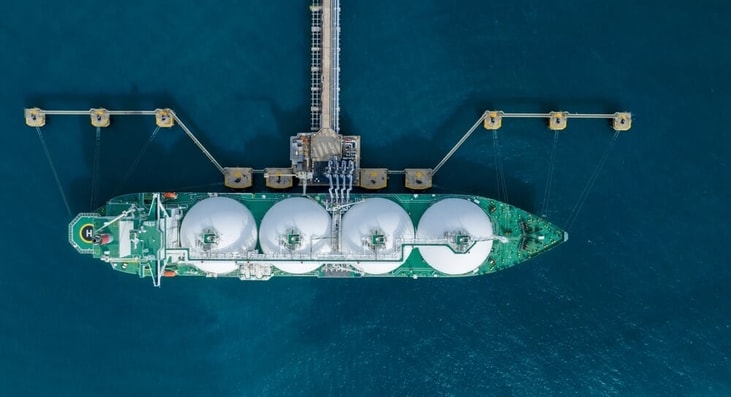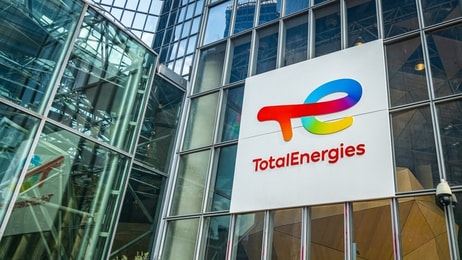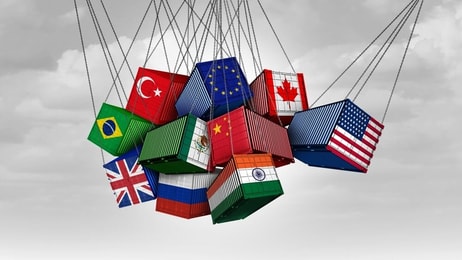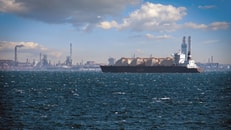Stop start – the competing dynamics of LNG
The liquefied natural gas (LNG) sector is a curious hybrid, full of certainties and unknowns, an industry which can appear at once dynamic and stationary. Amid the push-and-pulls, one thing which is abundantly clear is that LNG will be a key fuel in the energy transition and thanks to a multitude of geopolitical, economic and market factors, is becoming ever more important.
The momentum behind LNG has significantly increased, albeit in tandem with more scrutiny over its environmental impact across upstream, midstream and downstream sectors. It’s hard to talk about anything in LNG which doesn’t reference either side of the coin.
The dramatic introduction of the US export pause in January (on pending decisions to non-FTA countries) was in many ways the focal point to the current situation, underlining how economics and sustainability can no longer be seen in isolation. All eyes will be on the DOE and attorneys of 16 concerned states after the US election to see the next chapter in what is likely to be an epic tome.
The US remains the largest LNG exporter, shipping 91.2 million tonnes in 2023 – a fact worth reiterating amid all the furore surrounding the pause – and Freeport LNG resumed operations at its terminal in Texas in early August, after the facilities were shut July 7 ahead of the arrival of Hurricane Beryl.
... to continue reading you must be subscribed
























